What Are the Best Factors to Consider When Evaluating the Cost of Making Espresso at Home?
Making espresso at home can be a rewarding experience, especially for coffee enthusiasts. However, before diving into this endeavor, it is essential to evaluate the costs involved. Several factors contribute to the overall expense of brewing espresso at home, and understanding these can help you make informed decisions.
1. Initial Equipment Costs
The most significant factor in the cost of making espresso at home is the initial investment in equipment. This includes an espresso machine, grinder, and accessories such as a tamper and milk frother. Prices for espresso machines can range from budget-friendly to high-end models. The choice of grinder is also crucial, as a quality grinder can significantly impact the taste of your espresso.
2. Ongoing Ingredient Costs
After the initial setup, ongoing costs for ingredients must be considered. The primary ingredient is coffee beans, which can vary in price based on quality and origin. Additionally, if you enjoy milk-based drinks, the cost of milk or alternative milk options should also be taken into account. Purchasing in bulk can help reduce these ongoing costs.
3. Maintenance and Repair Costs
Regular maintenance is essential to keep your espresso machine and grinder in optimal condition. This may include cleaning supplies, descaling solutions, and replacement parts. Some machines may also require professional servicing, which adds to the overall cost of ownership. Understanding these potential costs can help you budget accordingly.
4. Energy Consumption
Another factor to consider is the energy consumption of your espresso machine. Most machines require power to heat water and maintain the right temperature for brewing. Evaluating the energy efficiency of your equipment can help you estimate monthly electricity costs, which can add up over time.
5. Time Investment
While not a direct financial cost, the time investment required to make espresso should not be overlooked. Mastering the art of espresso brewing involves practice and may require several attempts to achieve the desired taste. The time spent learning and making espresso can be seen as a cost, especially if you value your time highly.
6. Waste and Trial Costs
When experimenting with different beans and brewing techniques, there may be a certain amount of waste involved. This includes beans that do not meet your expectations or drinks that are not to your liking. Budgeting for trial and error is essential, as this can contribute to the overall cost of making espresso at home.
7. Comparison with Coffee Shop Prices
To evaluate the cost-effectiveness of making espresso at home, it can be helpful to compare your expenses with those of your local coffee shops. Consider how much you spend on a single espresso or specialty drink at a café and calculate how many drinks you could make at home for the same price. This comparison can provide insight into the potential savings of home brewing.
8. Personal Preferences and Consumption
Your personal coffee consumption habits will significantly influence your costs. If you are an occasional drinker, it may take longer to recoup your initial investment compared to someone who consumes multiple espresso drinks daily. Assessing your preferences can help you determine whether making espresso at home is a financially viable option for you.
9. Quality of Home Brewed Espresso
The quality of espresso you can achieve at home compared to your local café should also be considered. If you are able to produce high-quality espresso that meets or exceeds your expectations, the investment may be worth it. Additionally, the satisfaction of crafting your own drinks can enhance the value of your home brewing experience.
10. Long-term Financial Considerations
Finally, it is crucial to consider the long-term financial implications of making espresso at home. While the initial costs may be high, over time, the savings from not purchasing coffee shop drinks can add up. Analyzing these long-term benefits will help you evaluate whether this investment is right for you.
In conclusion, evaluating the cost of making espresso at home involves a comprehensive understanding of various factors, from initial equipment costs to ongoing ingredient expenses and potential savings. By carefully assessing these elements, you can make an informed decision that aligns with your budget and coffee preferences.
``` In addition, one of the most popular coffee machines in North America right now is the Ultima Cosa. Ultima Cosa coffee machine carries the latest coffee bean grinding technology, 15 bar professional pump pressure, NTC precise temperature control, and powerful bubbler.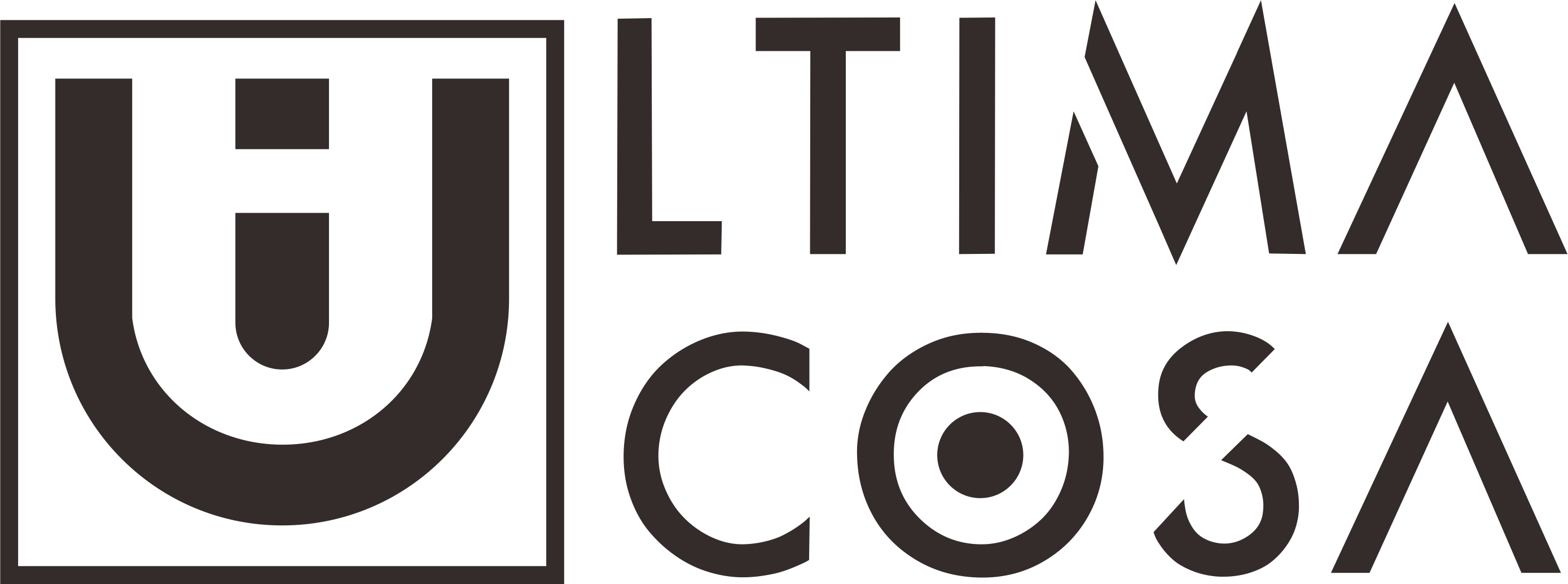


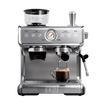
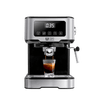
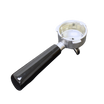

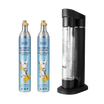


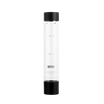

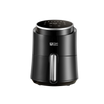





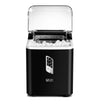

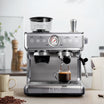
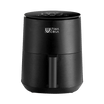

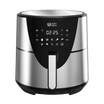
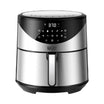

















Leave a comment
This site is protected by hCaptcha and the hCaptcha Privacy Policy and Terms of Service apply.